7-year-old Bonnie Lohman and her stepfather were walking through the dairy aisle when she noticed something strange. She saw her own face on several milk cartons on the shelf.
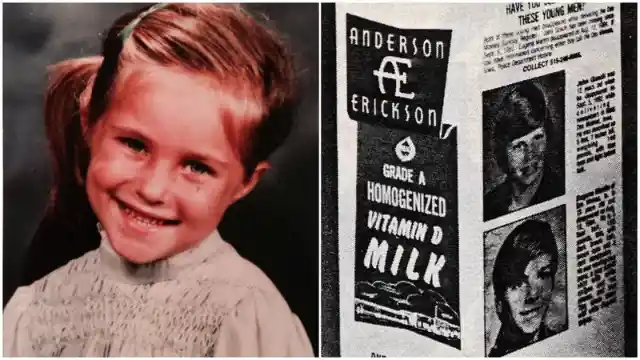
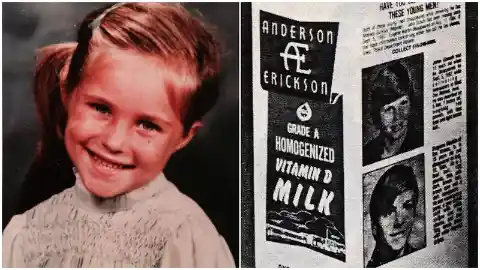
Back then, she didn't understand why her picture was displayed on those products, but everything became clear when her neighbor came across it.
The milk carton campaign used to be one of the most popular projects to help find missing children. It was first launched in the 1970s and has been proved to be very successful ever since.
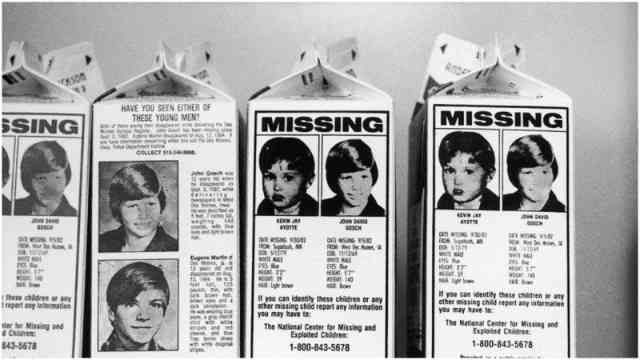
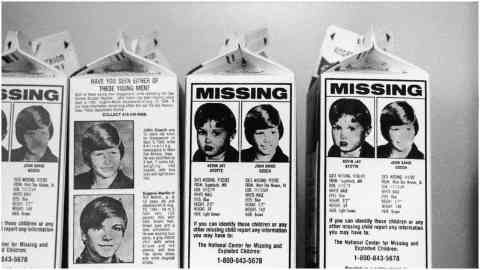
If a child went missing, their photo would be printed on milk cartons along with their personal information.
In 1984, several milk dairy companies began featuring missing children on the sides of the milk cartons. Even some pizza restaurants followed their idea and put the photos on their pizza boxes.
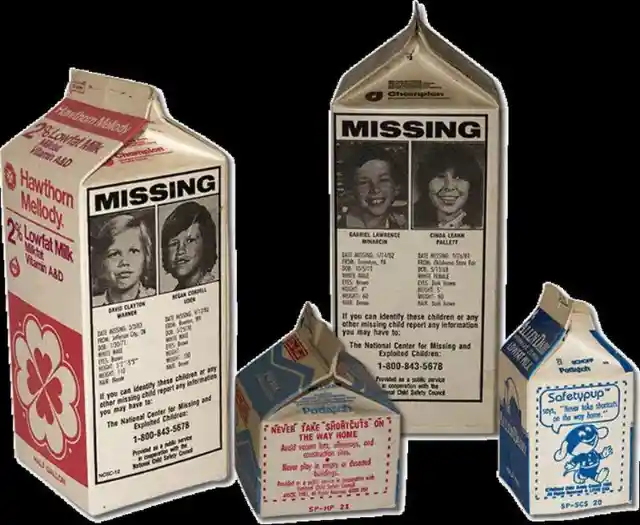
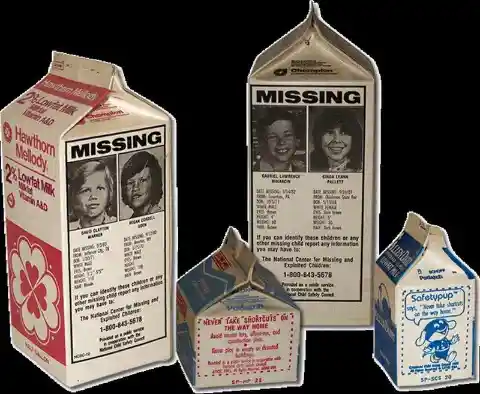
Shoppers also saw pictures of missing children on grocery bags and envelopes.
However, out of all the methods, the milk carton campaign became the most popular. It helped to locate many missing children from all over the country.
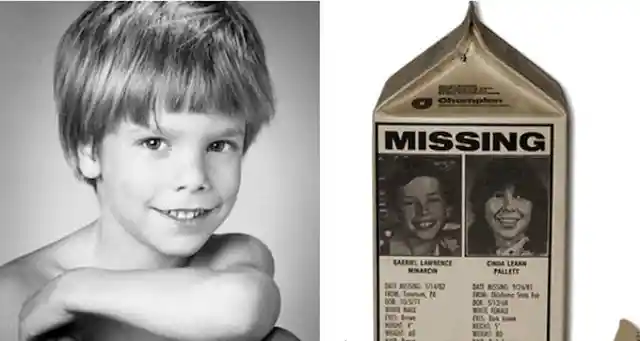
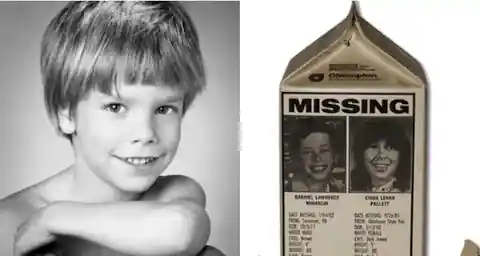
700 out of 1,800 independent dairy companies in the United States began featuring missing children on their cartons.
One of the most well-known missing children cases was the disappearance of Etan Patz, who was only six years old at the time. The boy went missing in 1979 while waiting for his school bus.
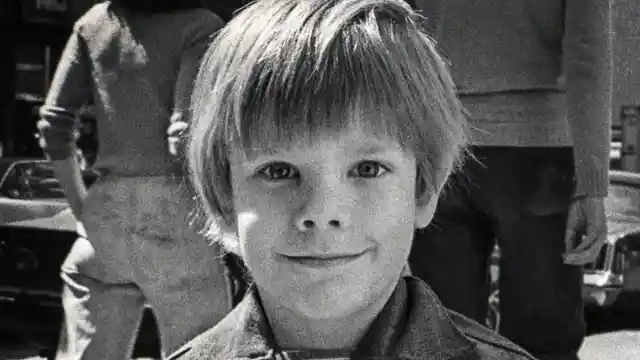
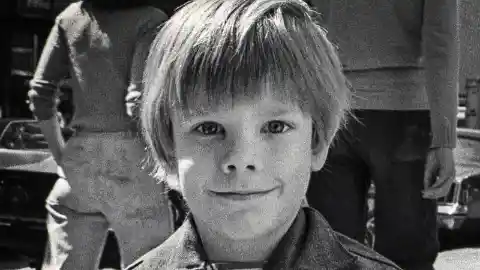
His family said he left their home in SoHo, New York City, and walked two blocks to catch the bus, but never boarded it.
When Etan's teacher realized he never made it to school that day, he didn't even alert the principal.
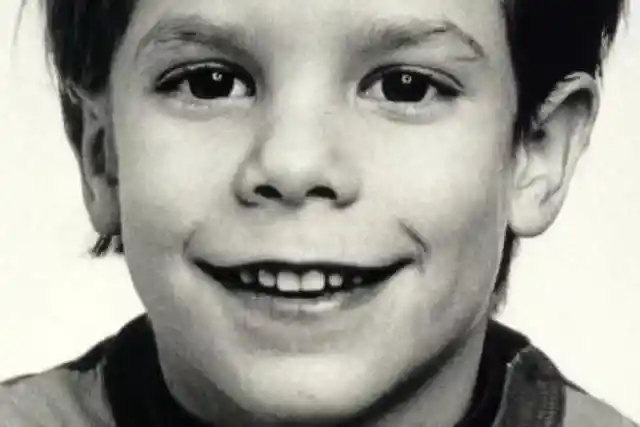
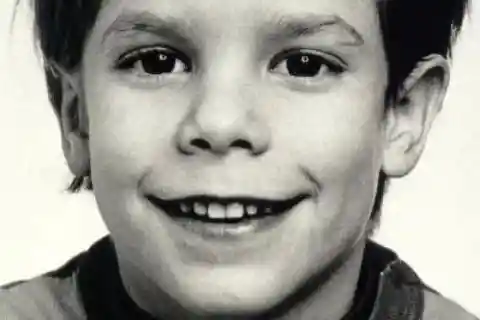
It was only later, when the boy didn't return home in the afternoon that his mother called 911 and reported him missing.
Around 100 police officers, along with search dogs, went looking for Etan. The search lasted several weeks with no results.
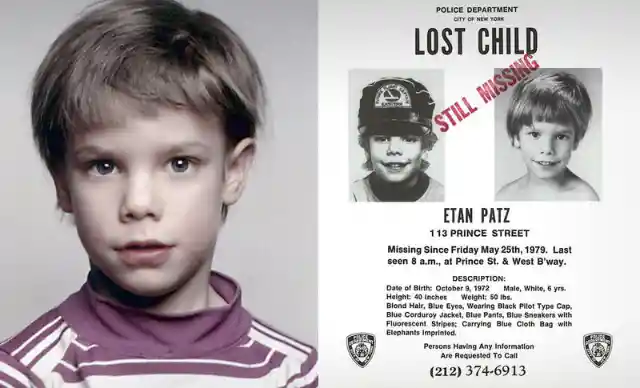
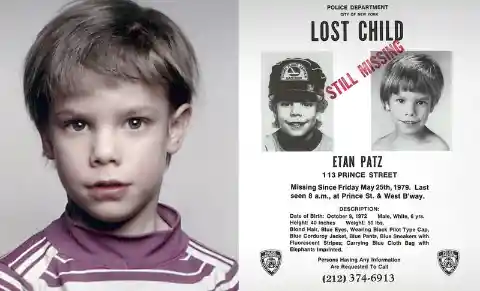
The authorities and Etan's neighbors distributed flyers with the boy's photo and description, and soon, his image made it to the screens in Times Square.
Five years after his disappearance, the photos appeared on the sides of milk cartons. Unfortunately, Etan was never found and was pronounced dead in 2001.
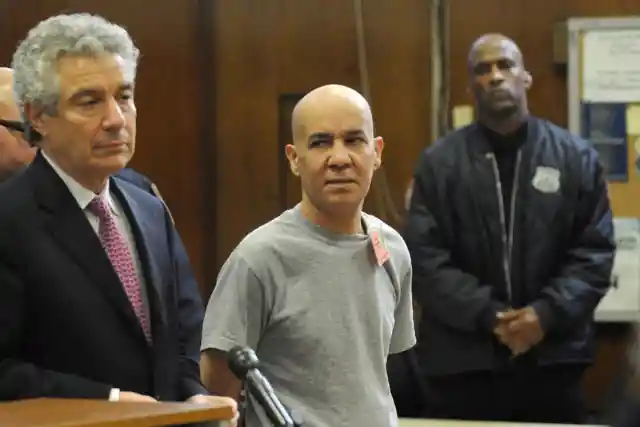
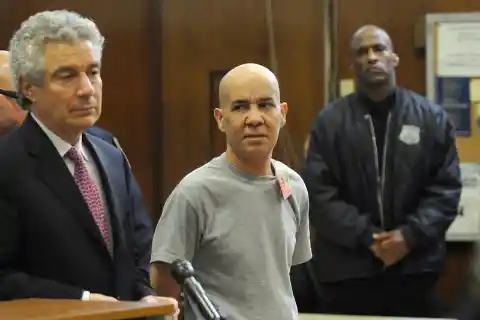
Later, in 2017 a man called Pedro Hernandez was convicted of kidnapping and murdering the boy.
He abducted the boy while he was walking to the bus stop and reportedly killed him on the same day. In 1982, 12-year-old Johnny Gosch left his house to complete his newspaper route in West Des Moines, Iowa.
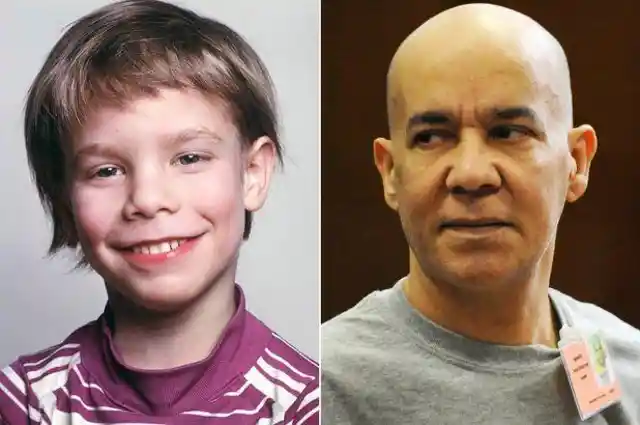
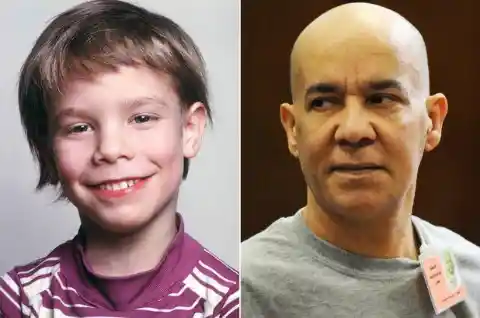
The newspapers were never delivered that morning.
The boy's dad, John, searched the neighborhood area and found his son's wagon filled with undelivered newspapers, which was only two blocks away from their house.
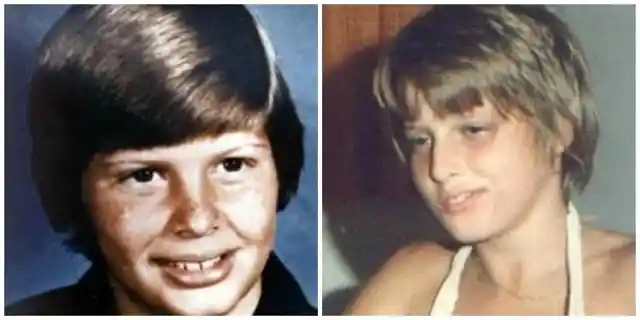
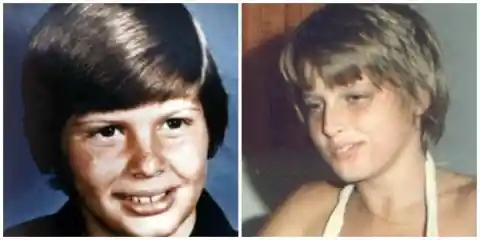
Johnny's parents called the police and reported their son missing, but the authorities were in no hurry to take action.
Johnny's mother, Noureen, said that it took almost 45 minutes for the police to arrive and take their statement.
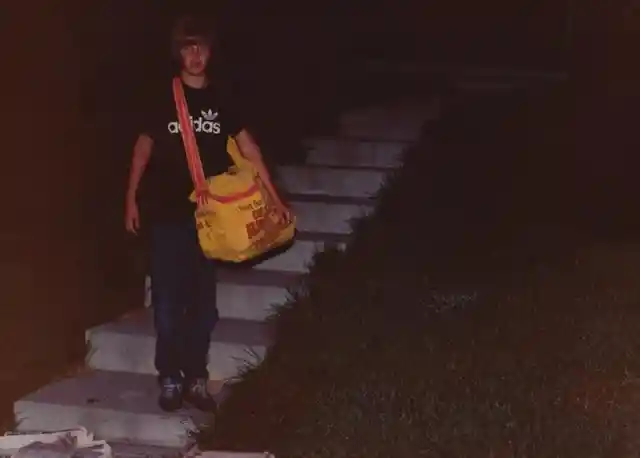
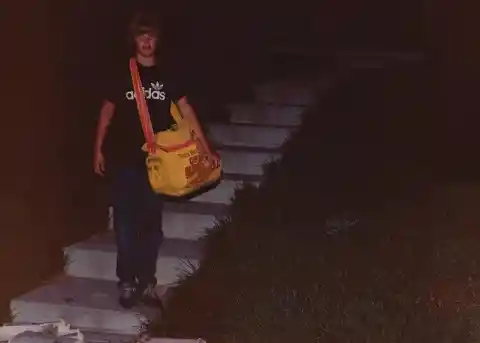
The authorities also weren't quick to classify the boy as a missing person as they didn't have a ransom note, meaning they had to wait 72 hours before starting with the search.
The authorities couldn't find any substantial evidence that Johnny was kidnapped, nor could they come up with any theories why someone would abduct him. No one was ever arrested either.
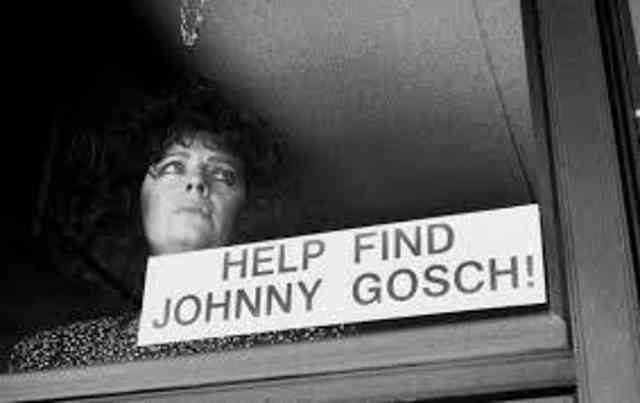
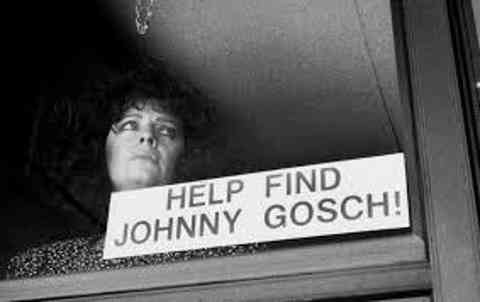
His case, however, grabbed the public's attention, and in 1948, two years after Johnny's disappearance, his photo was featured on the side of milk cartons.
His mother later made a public speech explaining the lack of effort from the police.
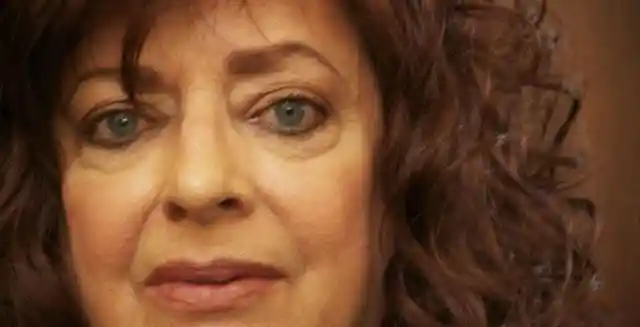
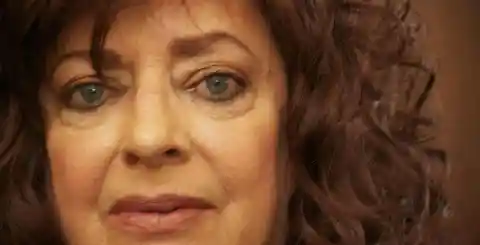
That same year, she also set up a Johnny Gosch Foundation and traveled to different schools where she talked about sexual predators and their behaviors.
However, there are some strange twists in the story. In 1997, Johnny's mother claimed that a random man and her son actually appeared on her doorstep late at night.
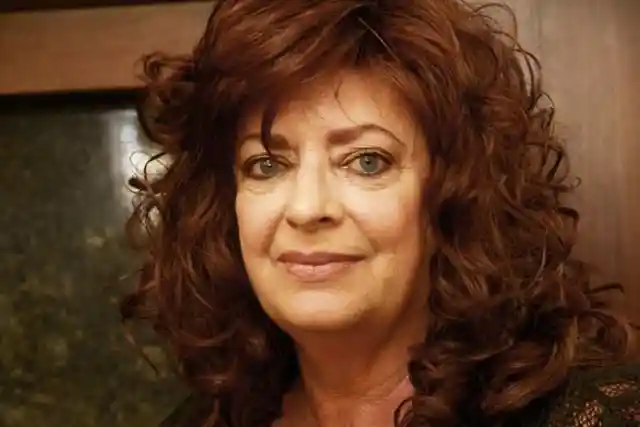
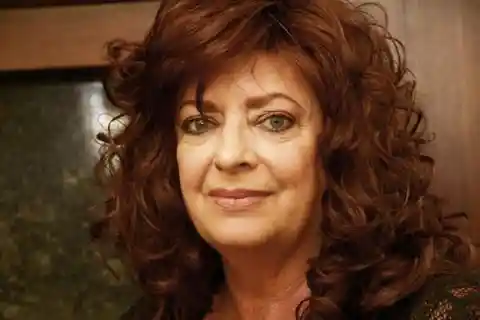
The boy had a birthmark on his torse, which was very similar to her son's. She claimed the man wouldn't tell her where they were staying before they disappeared again.
Then almost ten years later, the boy's mother claimed she found some photos that at her doorstep in which her son can be seen tortured and gagged with his ankles and wrists bound.
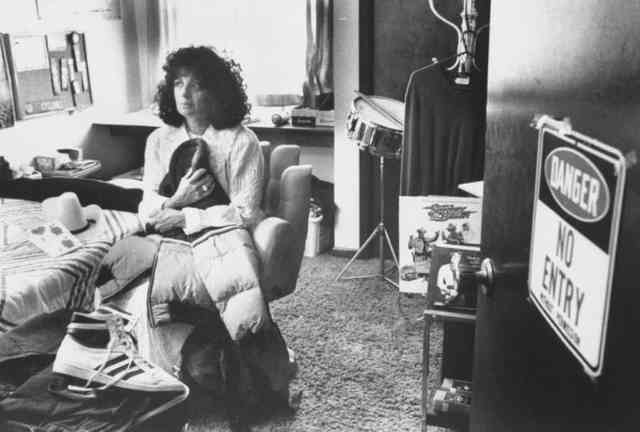
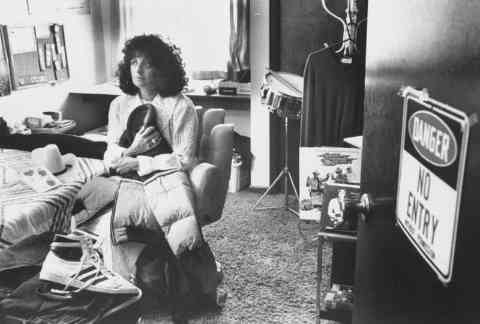
However, the boy was never found.
Unfortunately, the majority of missing children searches didn't have a happy ending.
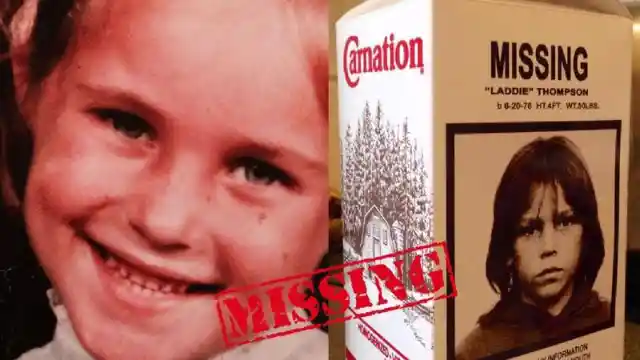
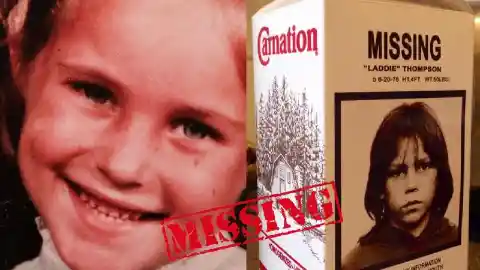
Although Bonnie's photo appearing on the side of a milk carton helped her birth father break the case.
When she was three years old, her stepfather and mother removed her from her father's care.
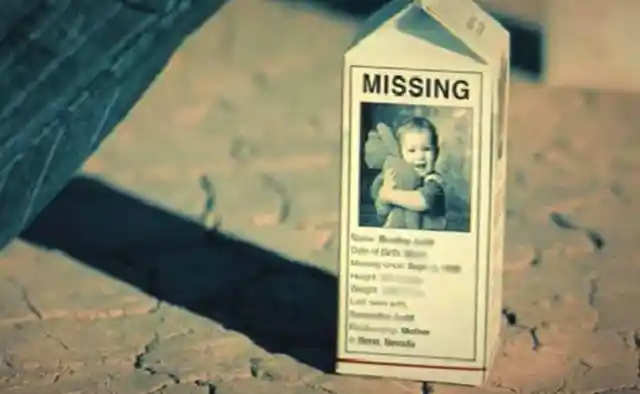
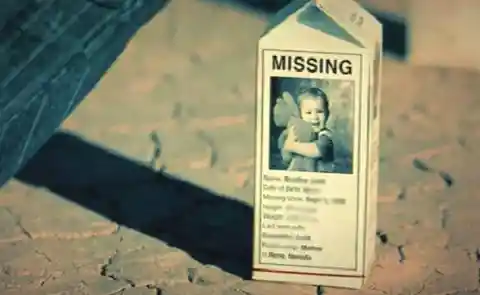
At that time, most police departments hesitated to purse cases like Bonnie's as it resembled more of a domestic dispute than kidnapping.
When Bonnie's father realized she had gone missing, he was prepared to do anything to find her.
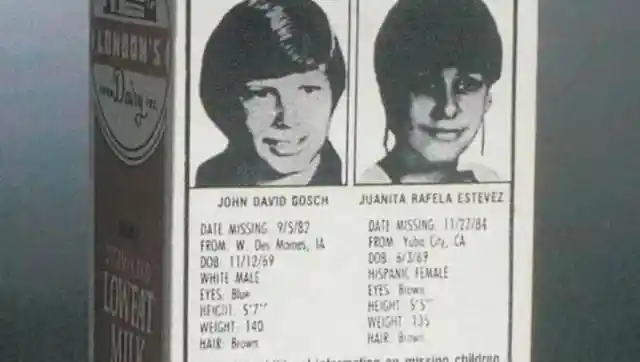
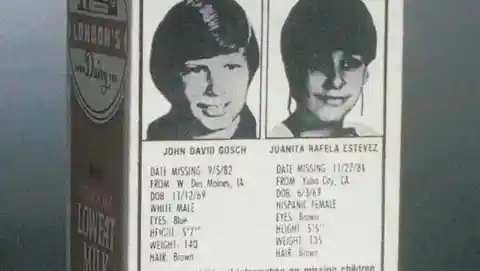
He used the milk carton scheme to spread the news about his missing daughter.
Four years after Bonnie's disappearance, the milk cartons displaying her photos showed up at the same grocery store where the girl was shopping with her stepfather.
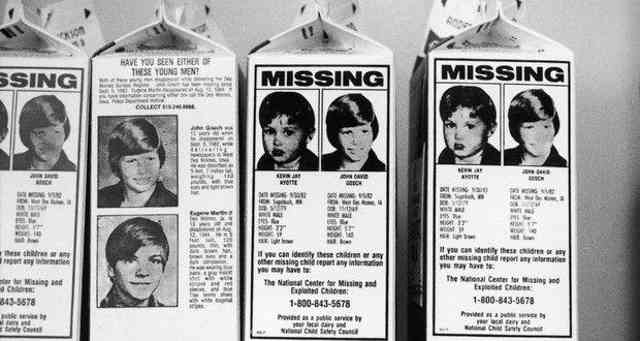
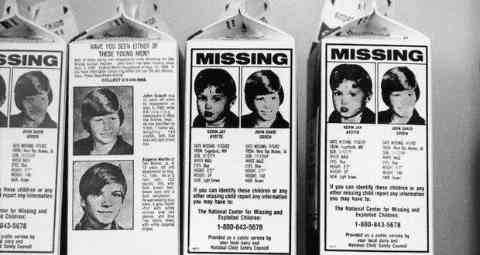
When Bonnie was looking through the items on the shelves, she quickly realized that her face was displayed on a milk carton.
Since the girl was only seven years old at the time, she didn't understand what this all was about. She didn't think much of it and asked her stepfather if she could keep her photo.
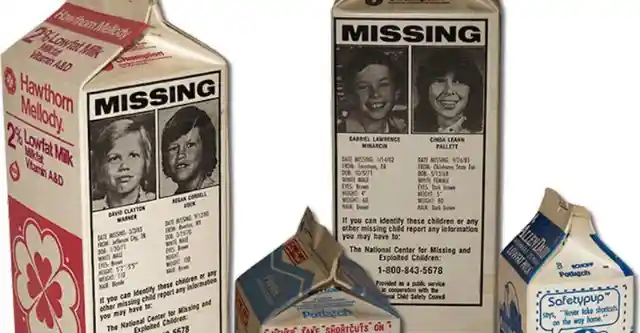
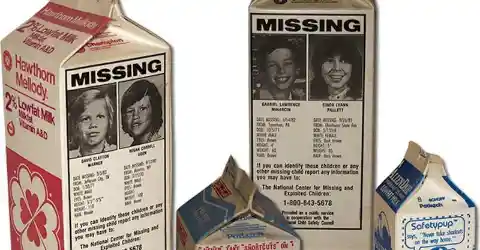
Surprisingly, he agreed, but only if she promised to keep it a secret.
As we all know, kids aren't the best at keeping secrets. One day Bonnie was hanging out at a friend's house and accidentally forgot her bag full of toys.
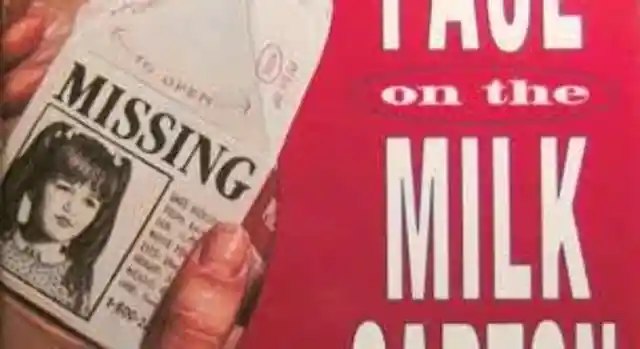
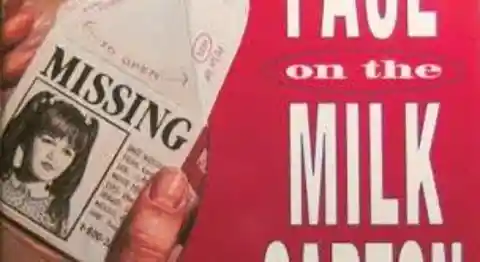
It wouldn't be a big deal, but it so happened that her photo from the milk carton was also there in the bag.
When her friend looked through the bag, she quickly spotted the image and realized what had happened to Bonnie. Her friend's parents contacted the police and identified the missing girl.
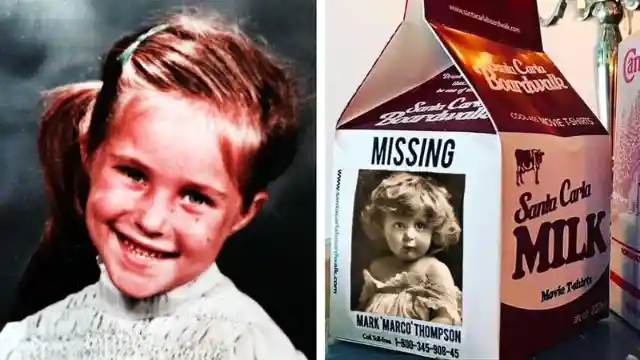
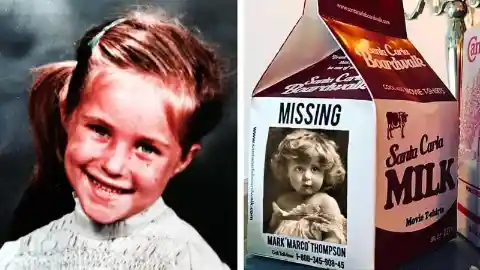
She was returned to her birth father shortly after that.